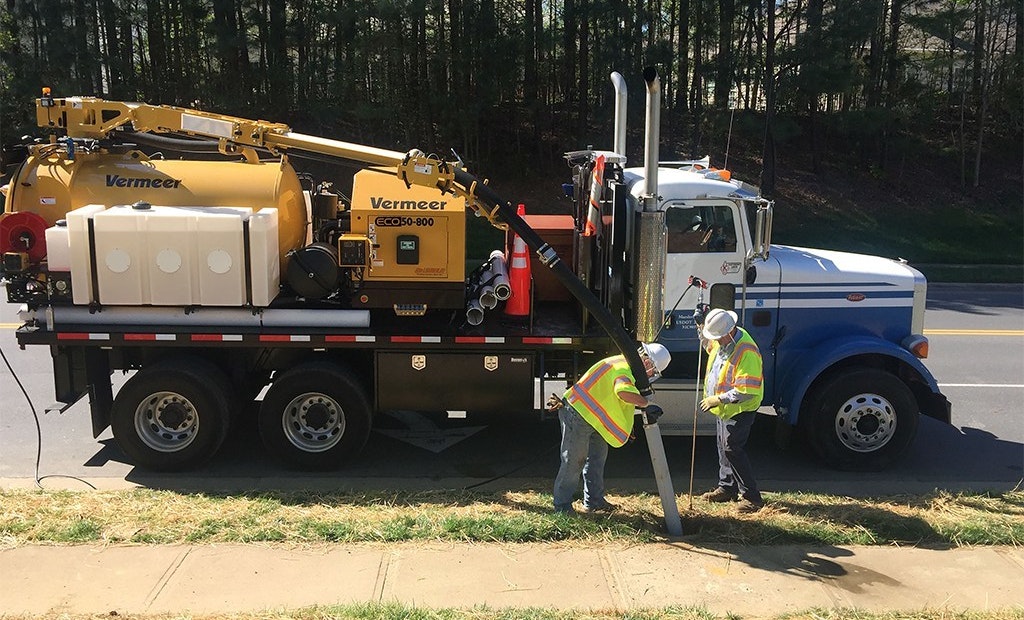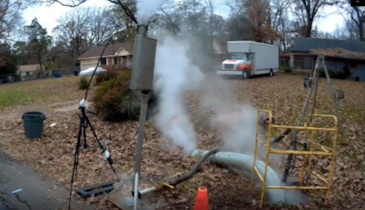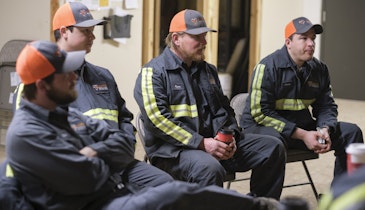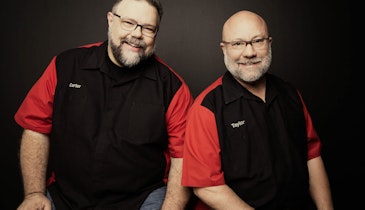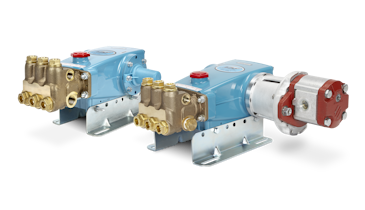Interested in Vacuum Excavation?
Get Vacuum Excavation articles, news and videos right in your inbox! Sign up now.
Vacuum Excavation + Get AlertsIt’s no secret that vacuum excavators are a big purchase, and you’ll find out quickly if you made the wrong choice. Different jobs require different size and power characteristics. If we could stress only one thing about the vacuum excavator purchase process, it would be to fully consider your application. In other words, review the type of jobs you’re anticipating, ground conditions, distance from dumping sites and the amount of potholing needed.
If you’re a contractor looking for a compact, fuel-efficient vacuum excavator that offers power and flexibility, keep reading.
Vermeer ECO Series by McLaughlin
The Vermeer ECO truck-mounted vacuum excavator series is aimed at a market that knows bigger isn’t always better. There are jobs that need a 6-inch vacuum and a 270 hp engine, but there are just as many jobs that don’t require a machine of that magnitude.
By acknowledging that certain jobs require less power and a smaller hose, contractors can right-size their vacuum excavator and achieve significant fuel savings while limiting operating costs. The Vermeer ECO Series by McLaughlin is a machine that can help you do more work while using less fuel. Options include 49, 85 or 99 hp auxiliary engines with tank capacities of 500 to 1,200 gallons for applications using 4-inch suction hoses. The units can be mounted on either new or used truck chassis.
Savings that are hard to ignore
Many contractors consider daily, weekly and annual project operating costs over the life cycle of an equipment investment. The Kubota 49 hp engine in the ECO vacuum excavator burns 50 percent less fuel per hour than a 270 hp diesel truck engine. The Kubota 49 hp engine burns 2.75 gallons of fuel per hour as opposed to 6 gallons per hour with a 270 hp diesel truck engine. If gas is $2 per gallon, that’s a savings of $6.50 per hour. If an operator runs a vacuum excavator truck for 40 hours a week, that can mean up to $13,000 in annual fuel savings.
A 4-inch hose at 1,000 cfm can run as low as 44 or 45 hp. The ECO Series has a powerful package that performs well, but it also maximizes fuel economy. They’re the same power packs used on McLaughlin VX trailer series, so they’re definitely proven, but they provide the amount of horsepower necessary to run components
Some jobs require larger vacuum excavators with 6-inch and 8-inch suction hoses and, therefore, more horsepower. PTO-driven vacuums make more sense in those higher-horsepower applications. If you only need 49 hp to run something, why utilize a PTO-driven, 270 hp truck and waste fuel?
The ECO Series is set up for hydroexcavation and potholing or any other applications vacs are typically used for. It comes with all the standard features on our VX 50 series of trailer vacs such as the boom and hot box.
The ECO 80 comes with an 85 hp engine so that it has enough power to provide vacuum and run a compact core saw attachment or a sewer jetter with a 12 gpm water system. The ECO 100, powered by a 99 hp engine, has an upsized 1,200 cfm blower and is paired with an onboard air compressor to allow operators to select between both air and hydroexcavation options.
No matter what the job requires, McLaughlin works to provide a full line of vacuum excavators, utility locators and other equipment to help you complete projects on time and on budget. Visit mclaughlinunderground.com for more information.
